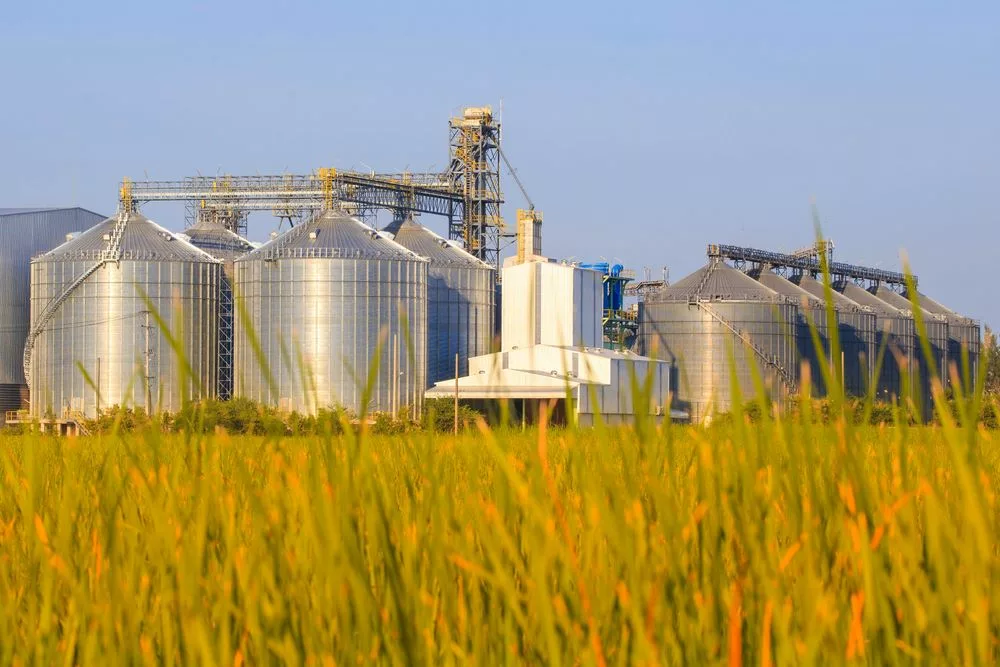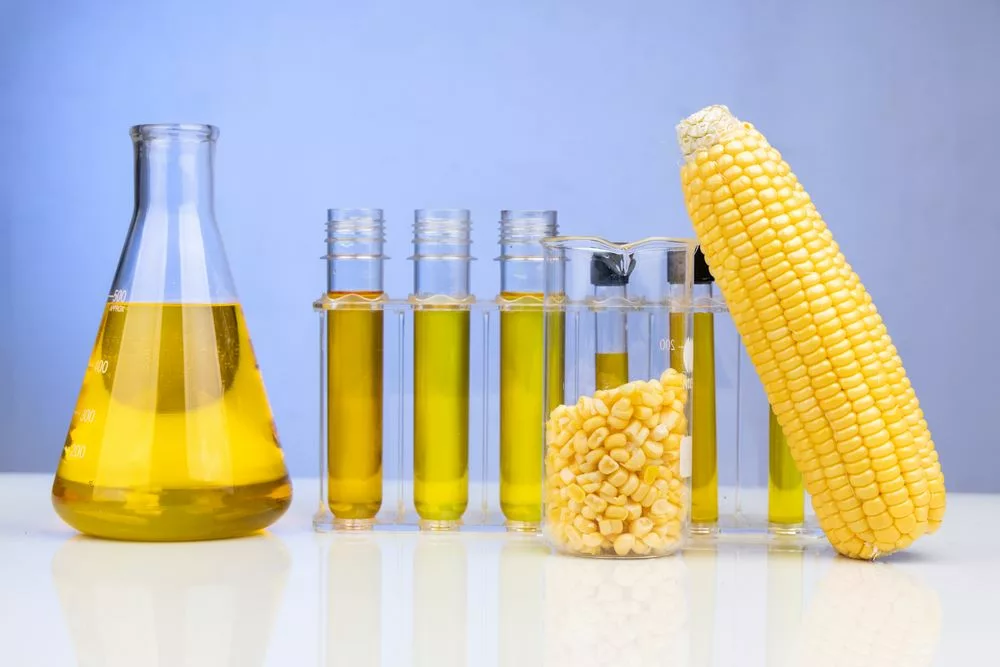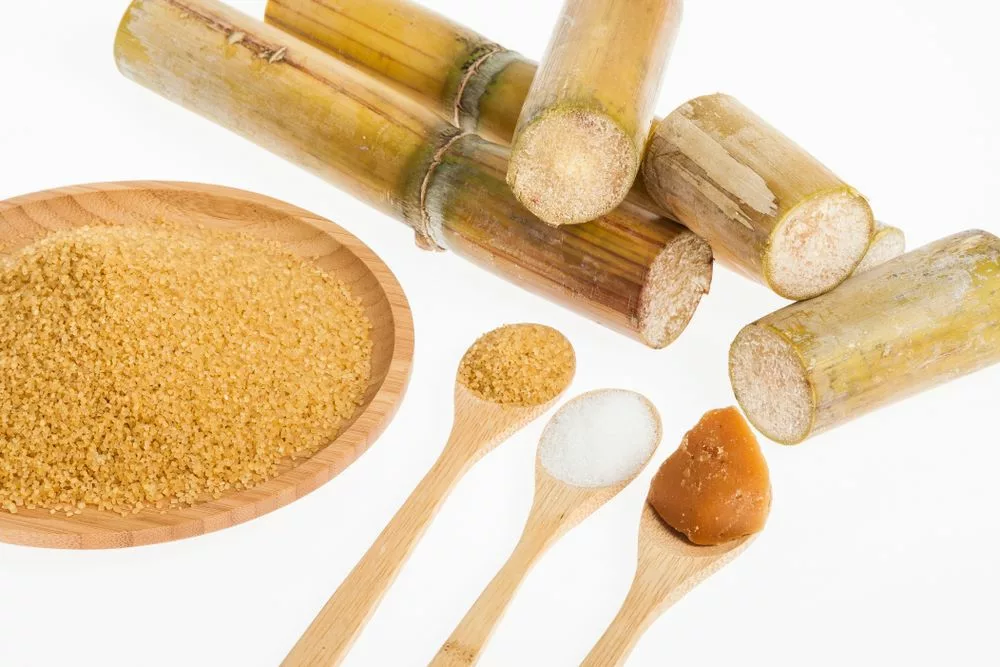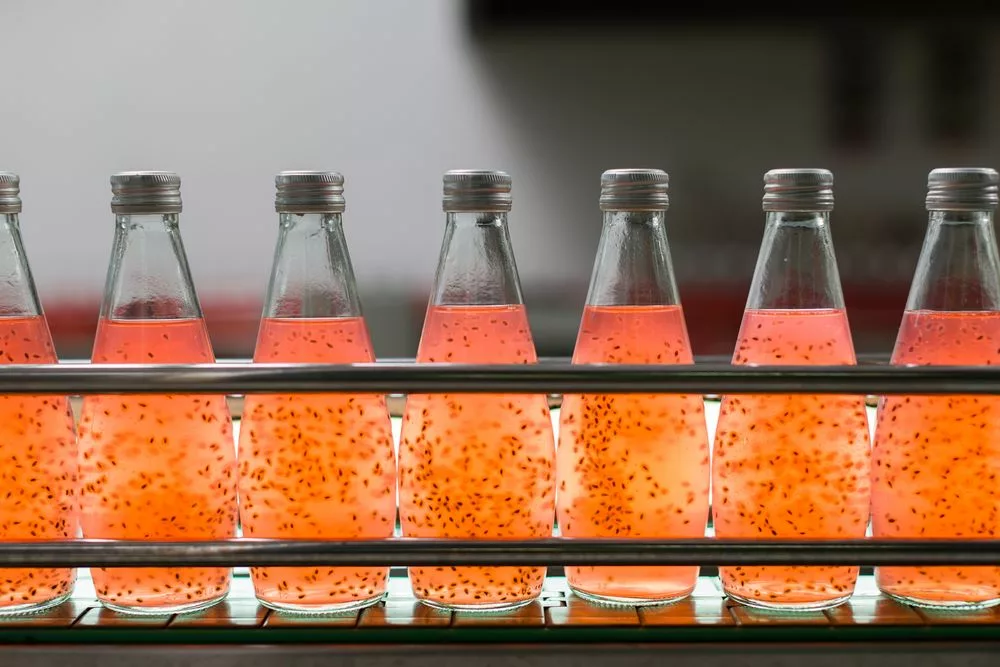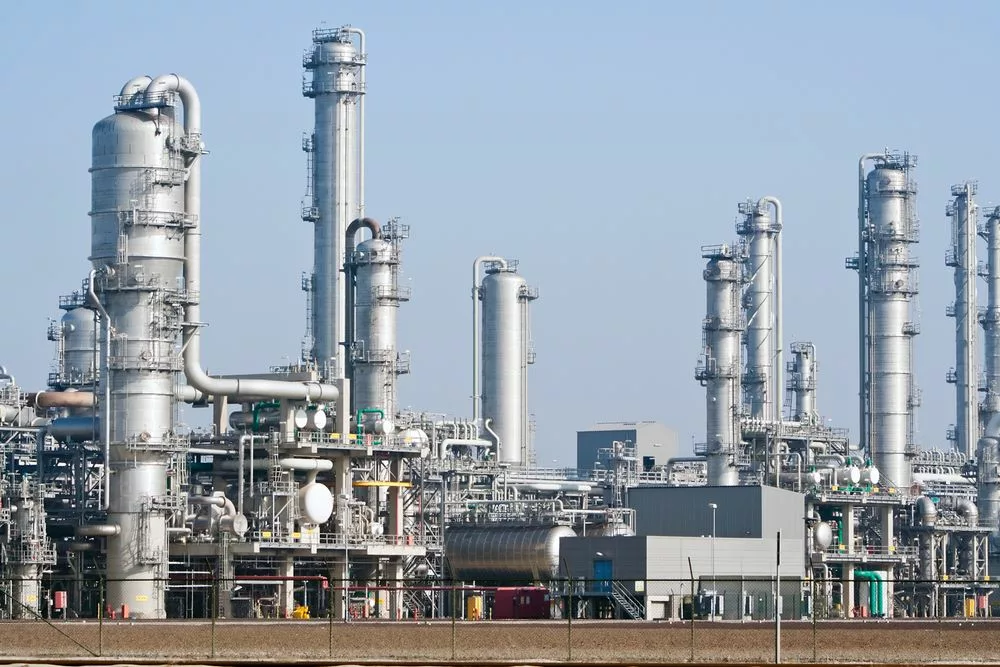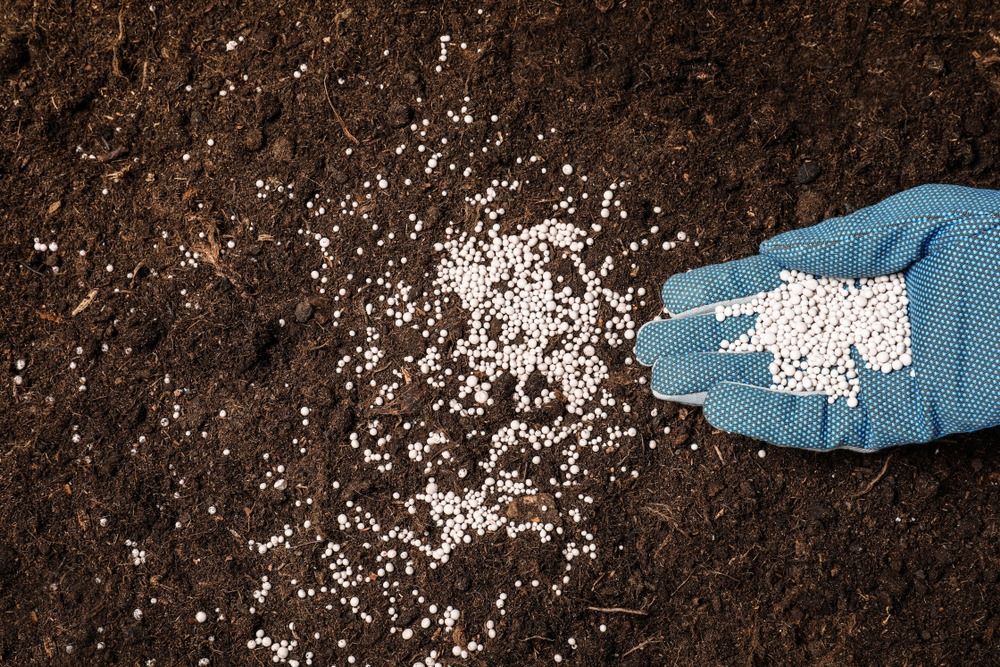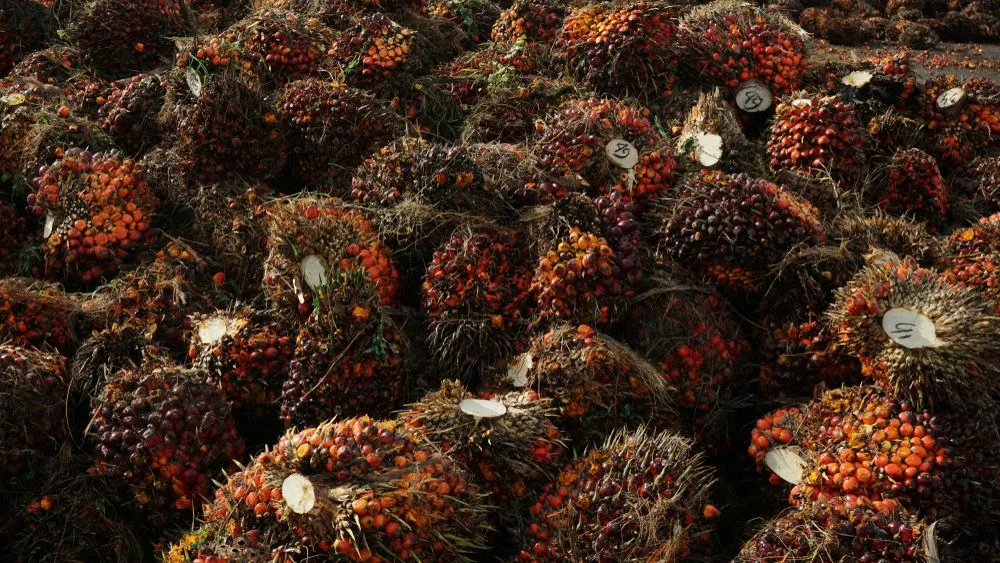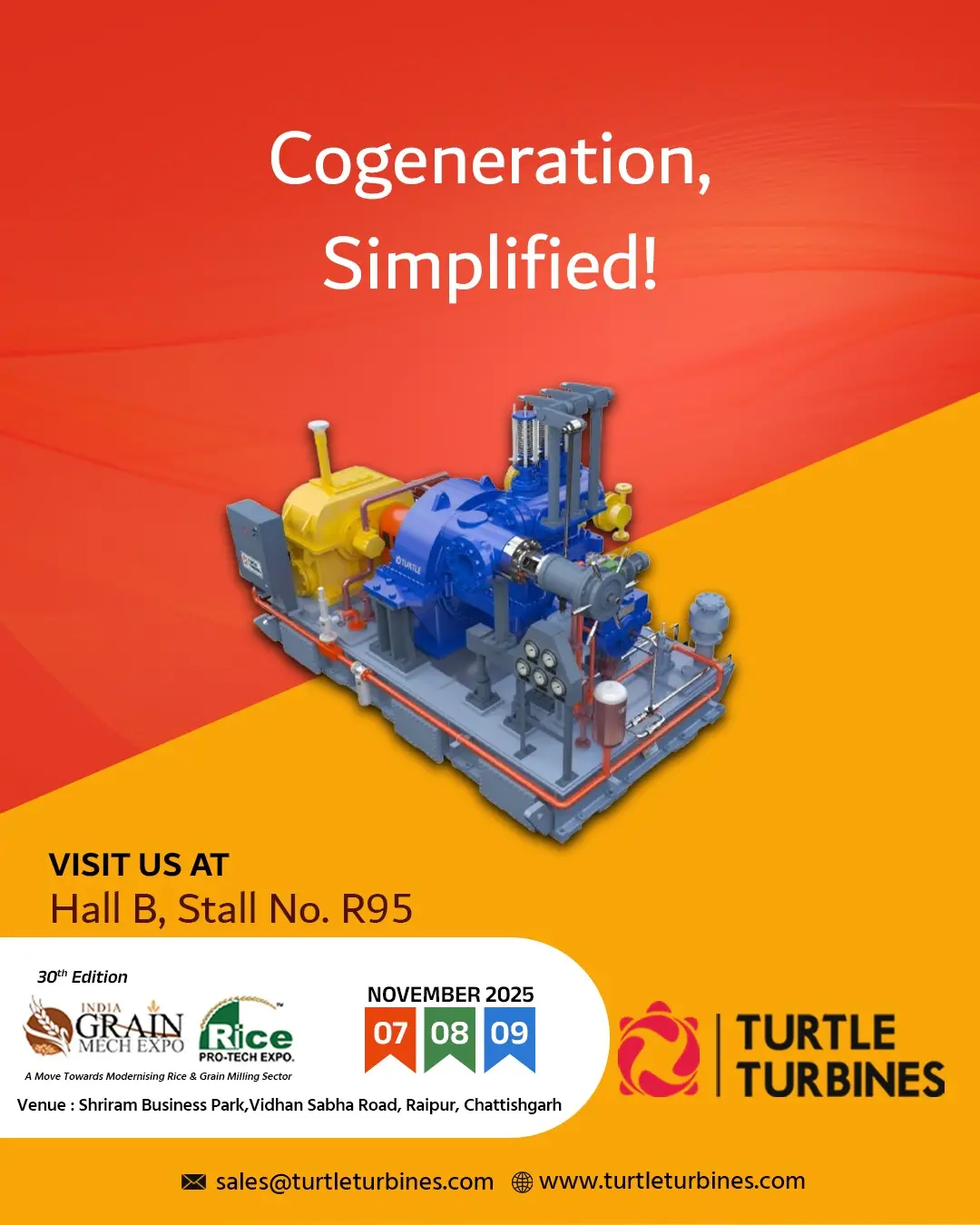Energy conservation means the efforts made to reduce the consumption of energy by using less energy. This can be achieved either by using energy more efficiently or by reducing the amount of service used. Energy can be conserved by reducing wastage and losses, improving efficiency through technological upgrades, and improving operation and maintenance. The efficiency of the process increases. It will help to reduce production costs. Because of energy conservation, there will be less waste of energy.
Following are the benefits of energy conservation.
- Help the environment
- Prolong the existence of fossil fuels
- Save money
- Energy conservation can help slow global warming
- Save coastal cities from disappearing underwater
- Improve water quality and protect reefs and other fragile ecosystems.
- Improve air quality and reduce airborne allergens leading to a reduced risk of cardiovascular and respiratory issues.
- Lower impact on mental health, injuries, and fatalities caused by severe weather.
There are a number of ways that conserving energy leads to financial benefits.
9. Delay fossil fuel price increases. - Lower your utility bills
Provide you with more opportunities for tax credits and rebates. - Reduce fossil fuel dependence by using less energy and Continuing to look for new ways to improve energy sustainability options such as solar, wind, and hydroelectric power.
Turtle Turbines manufactures exceptionally reliable steam turbine Generators with the highest efficiency in their class at the lowest ownership cost. The products can generate power at 25% of the grid power cost.
Turtle Turbines supplies Back Pressure, Extraction Condensing Steam Turbines, and Micro Steam Turbines within India and abroad. For more information please visit www.turtleturbines.com


